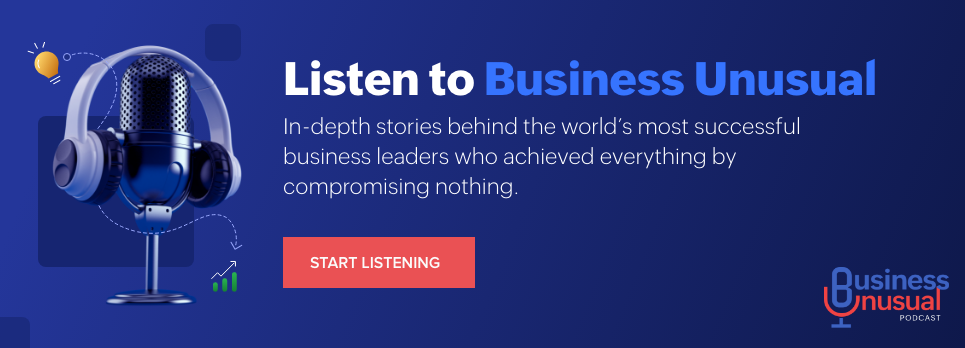For businesses, even a small-scale transformation (like the adoption of a new software application) can lead to operational disruptions and employee pushback. Lack of buy-in, insufficient resources, and ineffective communication can all detract from transformation goals and cause friction within an organization. This is partly why 88% of business transformations fail.
A comprehensive change management strategy is crucial for avoiding common pitfalls and keeping transformations on track. But for the strategy to be effective, leadership must play a prominent role in shaping both the plans and goals it encompasses.
This is a topic Mahesh Penumatsa (Director of Enterprise Business Solutions) and Julie Doris (Enterprise Account Manager) discussed in depth at our annual user conference, Zoholics. Below, we're sharing key takeaways from their exploration of the administrator's role in change management.
Develop a project charter
A project charter that outlines the transformation's scope, key players, risks, and timelines can help mitigate confusion and pushback throughout the transition. During the development of the charter, business leaders may consider conducting a stakeholder analysis to identify the departments that will be most significantly impacted by the transformation. This process also helps in identifying a base of key users who can test out new solutions and promote the benefits to their colleagues. When this information is included in the charter, it provides guidance to those responsible for allocating resources, designing training programs, and bolstering internal evangelism.
The project charter also gives business leaders an opportunity to select the data and tools they will need to measure the transformation's success. By identifying essential metrics, benchmarks, and resources upfront, administrators improve their ability to keep initiatives on track and monitor their progress.
Build confidence in the system
To encourage employee buy-in, it's important to demonstrate the direct impacts of a transformation on relevant departments. A sales team, for example, will likely be more open to a new CRM if they feel confident that it will drive higher commissions. Written communications, product demos, and sneak peaks at a solution's key features can all help build this confidence with key stakeholders.
Once employees have embraced a new system, business leaders can reinforce their decision by providing support throughout the transition. A ticketing system, mentorship program, or virtual office hours can help employees overcome transformation obstacles and build expertise.
Even when the initiative appears to be progressing smoothly, it's essential to collect data that establishes the benefits of the new system—or highlights areas where adjustments must be made. Often, this process will require feedback from employees, which can be collected through surveys or meetings. It should also involve benchmarking to measure the performance of a new system against the company's previous solution.
When changes are made, admins should aim to be as transparent as possible with employees by leveraging townhall-style meetings, newsletters, or an internal communication system. For large organizations, it may be necessary to develop a formal communication plan detailing who should convey which information and which channels should be used.
Create a continuity plan
Unforeseen disruptions are inevitable and, if a business hasn't established a comprehensive continuity plan, these disruptions can be detrimental to transformation progress. One of the most common forms of disruption occurs when key stakeholders transition to new roles, either within the company or externally. Unexpected departures can leave leadership scrambling to access essential accounts, make sense of relevant data, and keep implementation plans on track.
It is therefore crucial to develop a plan for maintaining business and transformation continuity in the event that roles and responsibilities shift. When developing such a plan, admins should determine which roles are most crucial to their efforts and identify candidates who can fill those roles when needed. It can also be helpful to make note of stakeholders (both internal and external) who should be informed of the transition and to outline any critical tasks that will need immediate attention.
If the company has well-maintained process documentation, role transitions are often smoother and more efficient. Written documents and videos reduce confusion by providing essential information on a new implementation to those less familiar with the system. These resources should detail any changes that have been made to the system such as the addition of custom functions or custom dev ops) and should provide links to essential tools and information.
Crawl, walk, run
When businesses take on large-scale transformations, it may be necessary to roll out changes incrementally. For example, a company that adopts a software suite that includes dozens of applications will likely benefit from tackling a few implementations at a time. This helps keep employees from feeling overwhelmed and prevents IT teams from becoming overburdened.
Often, a successful implementation hinges on leadership's ability to make employees feel confident and capable when taking on new systems. Introducing these systems gradually allows org members to build familiarity and expertise, and gives leadership an opportunity to see what's working with the implementation and what needs further attention. From there, business leaders are in a strong position to refine, solidify, and promote their most essential transformation goals.
Zoho offers a suite of intelligent enterprise business software, including an award-winning CRM suite, the industry's only comprehensive analytics and BI platform, and a powerful low-code development ecosystem.


